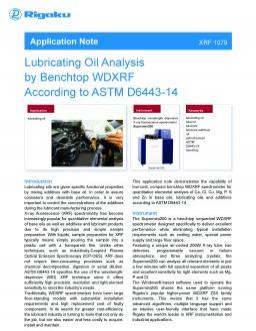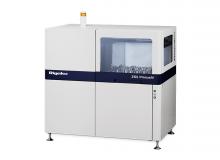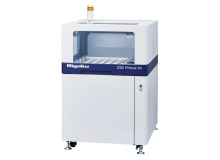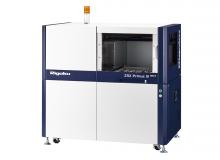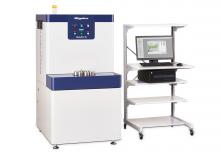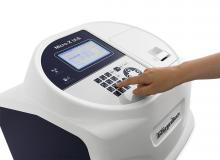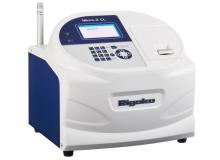Lubricating oils are given specific functional properties by mixing additives with base oil. In order to assure consistent and desirable performance, it is very important to control the concentrations of the additives during the lubricant manufacturing process.
X-ray fluorescence (XRF) spectrometry has become increasingly popular for quantitative elemental analysis of base oils as well as additives and lubricant products due to its high precision and simple sample preparation. With liquids, sample preparation for XRF typically means simply pouring the sample into a plastic cell with a transparent film. Unlike other techniques, such as Inductively-Coupled Plasma Optical Emission Spectroscopy (ICP-OES), XRF does not require time-consuming processes such as chemical decomposition, digestion or serial dilution. ASTM D6443-14 specifies the use of the wavelength- dispersive (WD) XRF technique since it offers sufficiently high precision, resolution and light-element sensitivity to meet the industry’s needs.
Traditionally, WDXRF spectrometers have been large floor-standing models with substantial installation requirements and high replacement cost of faulty components. In its search for greater cost-efficiency, the lubricant industry is turning to tools that not only do the job, but are also easier and less costly to acquire, install and maintain.
This application note demonstrates the capability of low-cost, compact benchtop WDXRF spectrometer for quantitative elemental analysis of Ca, Cl, Cu, Mg, P, S and Zn in base oils, lubricating
WDXRF Products from Rigaku
Benchtop tube below sequential WDXRF spectrometer analyzes O through U in solids, liquids and powders
High power, tube above, sequential WDXRF spectrometer with new ZSX Guidance expert system software
High-power, tube-below, sequential WDXRF spectrometer with new ZSX Guidance expert system software
Affordable, high-end, tube-above Industrial WDXRF for the analysis of solid samples
High-throughput tube-above multi-channel simultaneous WDXRF spectrometer analyzes Be through U

